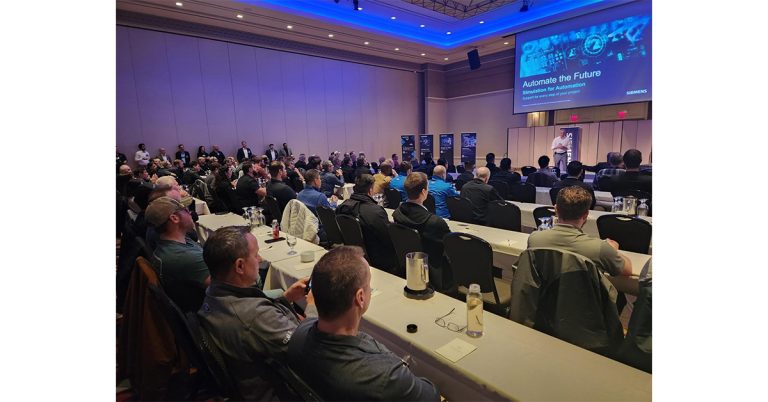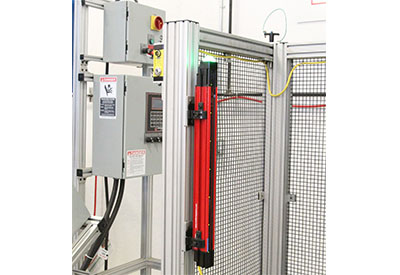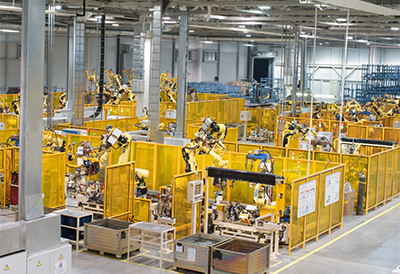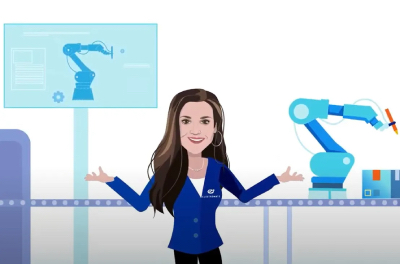Leading Through Change: The Leader Within

September 24, 2018
By Thomas Donato, Rockwell Automation
In my last blog, I discussed how the world is changing and offered you some thoughts about how to thrive in an era of exponential change. It’s good context for this blog because it sets out the nature and impact of the changes happening in the world today at both a business and social level.
This time I want to turn attention from looking at the environment in which businesses operate to the environment within the business. Naturally the two do not exist in isolation, it’s just a handy way of splitting the topic over two blogs! So, let’s focus on your company’s structure and its most important asset of all – its people.
The Skills Leader
Earlier this year, my colleague Uwe Kueppers posted a blog in which he compared the rate of change in skills required in industry to Moore’s law. He was making the point that in this era of change, the skills needed in industry now are different from those we learned when studying, and that the skills of the future will be different from what we are even able to teach now. This means that a vital skill within your organisation is the ability to keep learning. It is important therefore to create an environment of lifelong learning within your company.
Industry can learn a little from new approaches being taken in education here. At my young daughter’s school, for example, she recently had lessons unlike any that I remember from my own education. They were focused on learning how to learn.
Each student was required to find two topics that they would self-teach. Some chose languages, others computer programming, another about technical solutions in gaming. The students kept a diary of their experiences to describe how they went about resourcing teaching materials, what they learned, and how they learned.
In a business scenario and in an era of change, empowering and encouraging staff to develop and direct their own learning helps to ensure that your company retains and maximises its talent while fostering the skills needed to thrive.
The Collaborative Leader
This one is fairly self-explanatory but is still worthy of mentioning as a central facet of strong leadership in the modern era. In the past, leadership tended to be less flexible and open to new ideas – it’s changed a lot – but you still see it. There are still companies that have a rigid, top-down approach to leadership.
The best companies though, those most suited to the times of change, have much more collaborative leadership. A more collaborative approach offers the ability to deploy changes more rapidly; it encourages more task-, project- and solution-oriented approaches, and it empowers the very people within the business to help drive it forwards. This flatter structure still needs strong leadership – a strong vision and company ethos helps make sure that everyone is pulling in the same direction.
The Cultural Leader
Fostering a Culture of Inclusion is not just the right thing to do, it is the best thing to do. And here is why. Different views, life experiences, and backgrounds keep a company dynamic. In an open and collaborative environment, they can offer that all important edge. There’s no real argument that a more diverse team brings better results. It also creates a better working environment and a happier workforce, which in turn attracts more talent to the organisation.
Implementing a culture of inclusion is about more than operating within regulations concerning race, religion, age and gender. There are some truths about inclusivity that may be uncomfortable – those concerning unconscious bias, for example. Taking a positive approach to inclusion that comes from the very top, the leaders of the organisation, is vital to creating a truly inclusive environment. My colleague Kevin Carpenter recently posted a blog on this topic which is an excellent read: How to Tell Whether Your Company Values Diversity and Inclusion.
The Adaptive Leader
I’ve mentioned that in the past some leadership was more rigid and high-handed. In those times, a high IQ was the most prized asset of a leader. More recently we have seen the balance shift towards EQ – the so-called emotional intelligence quotient.
This rebalancing has seen successful leaders help enable the combined abilities of their staff to achieve much more. I recently had the pleasure of hearing Amin Toufani speaking about the value of “AQ” – adaptability quotient. [You can see something similar here.]
Amin speaks very well about the ability to be flexible in the face of change; “If the world is changing exponentially fast, then your ability to adapt to that change is the strongest predictor of your success.” Importantly, adaptability is coachable, so to improve this key skill within yourself and the leadership of your organisation is entirely possible.
To succeed as a leader in an era of exponential change requires embracing change itself. It requires looking out at changes in the marketplace and looking within the organisation to adopt the best practices that will empower your most important asset, your people.
Change is here. Leaders who are able and willing to embrace it and adapt will thrive.
For more information https://www.rockwellautomation.com/en_NA/overview.page?
*Posted September 10, 2018 By Thomas Donato, President, EMEA, Rockwell Automation
















